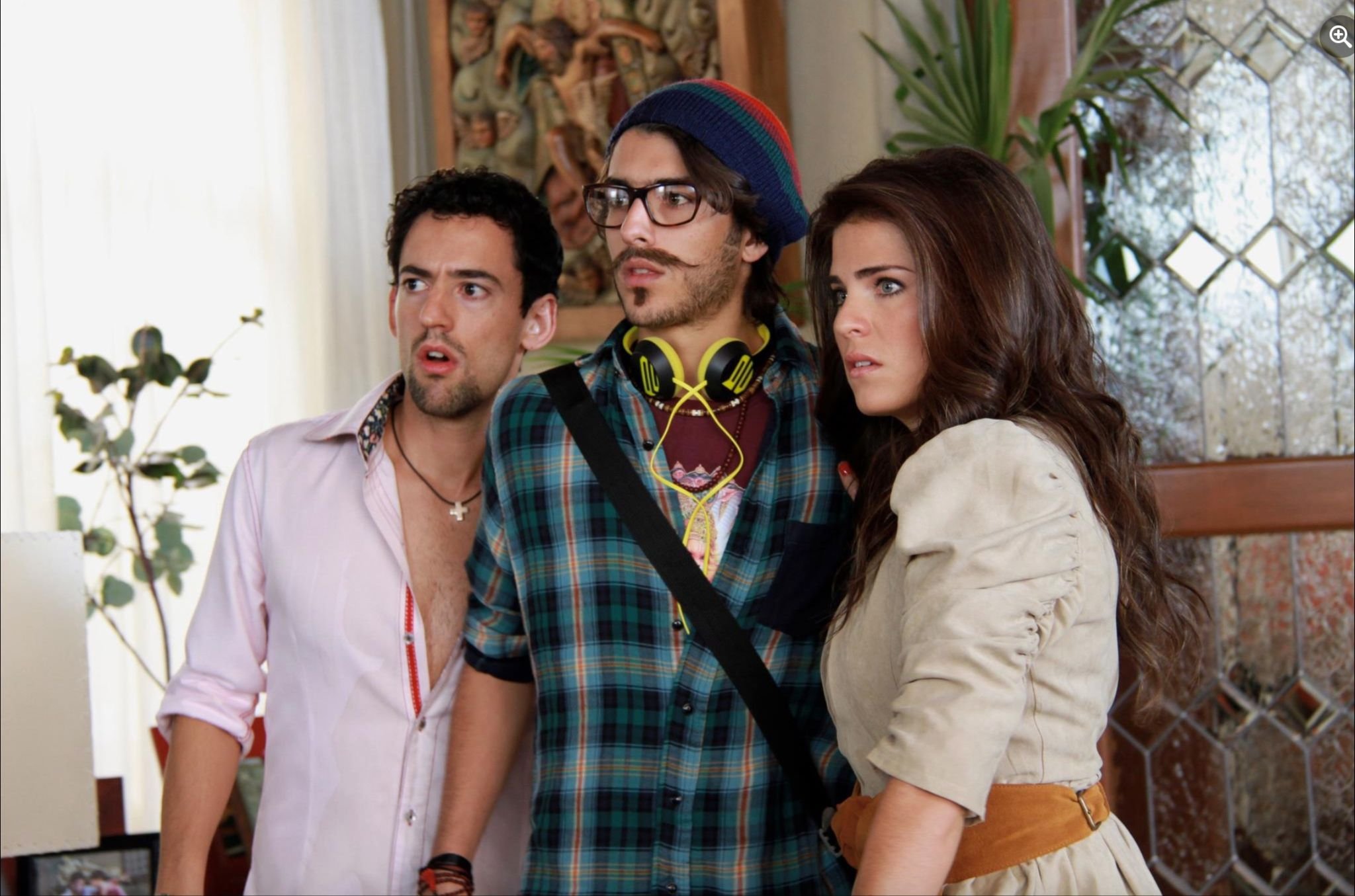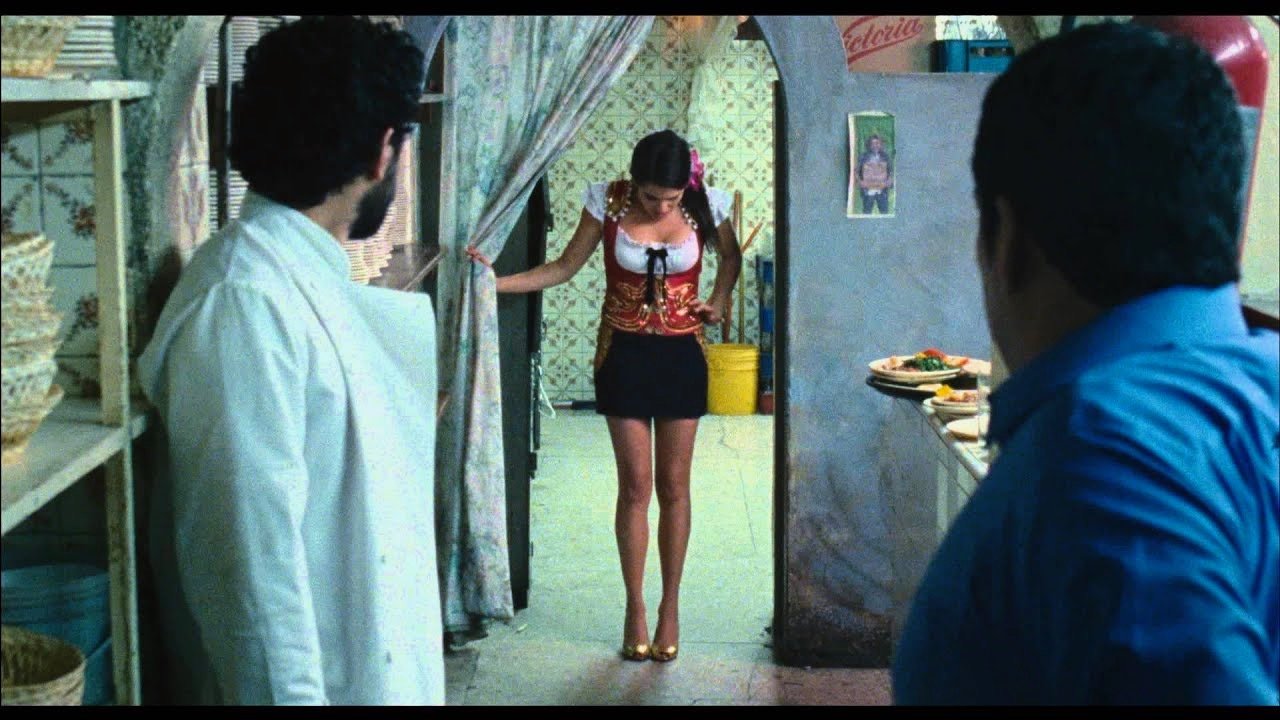Fresas vs. Nacos: The Failures in Understanding Social Class Through “Nosotros los Nobles”
By Sam Cano Cabrera
Comedy often offers the best outlet for social critique. Gary Alazraki’s 2013 film “Nosotros los Nobles” exemplifies this practice. In the wealthy, white minority of Mexico lay the Noble family. A family of spoiled children and extreme privilege; even their last name is directly translated to “The noble ones.”
The Nobles consist of Javi, Charlie, and Barbara, the children of Germán. Each character portrays an almost cartoon, extreme representation of the high social class, known as “fresas” in Mexican slang. Javi uses his father’s money for trips on private jets and excessive drinking, Charlie uses his socially conscious persona to hide his hypocrisy, and Barbara is the perfect example of “Daddy’s princess” using her status as the reigning power of her friend group. When Germán discovers their extreme expenses he tries to teach them a lesson by faking an escape from the government as they falsely repossess their assets. Now, each child will have to live in poverty, working menial jobs for a living.
Alazraki shows a comedic representation of real life in Mexico City, working as street vendors, waitresses, and bus drivers; jobs that would be known by the Nobles as “Naco,” referring to low-class. However, coming from his own privilege, Alzraki was not able to fully immerse this film in an entirely authentic representation. Mexican media rarely shows these aspects of life, and in the infrequent times a popular film does, it follows the same dynamic, a rich young adult is forced to figure out the inner workings of the rest of the country’s living conditions.
To see these caricatures of high social class engage with everyday jobs is comedic, but it simultaneously demeans the lives of the majority of Mexicans contributing to those jobs. In instances where the Nobles are figuring out their new crafts, they encounter issues like “machismo,” violent masculine pride mostly at the expense of women. These come to shock characters like Barbara and Javi as if they are new obstacles to their lives. It is almost as if Alazraki’s representation of Mexican, indigenous, low-economic status life is the only way that these societal issues are encountered. It is meant to show that machismo is an issue only in low-income neighborhoods, when the systemic and cultural ideal of the patriarchy does not exist within confines of money but rather is expressed throughout social classes.
Although the story of the Nobles finding their way to humility through hard work and societal challenges can feel heartwarming, the issues each class faces in this film differ drastically. While the Nobles encounter cheating fiances, addiction to substances, and crossing professional lines while they are rich, they encounter way more drastic consequences to cultural violence when they are seemingly impoverished. Alazraki’s film is a step towards the critique of social class and race in Mexico, in particular Mexico City, but it has long strides before it accurately represents the systemic issues separating the rich mostly-white Mexicans and the poor mostly-indigenous Mexicans.


